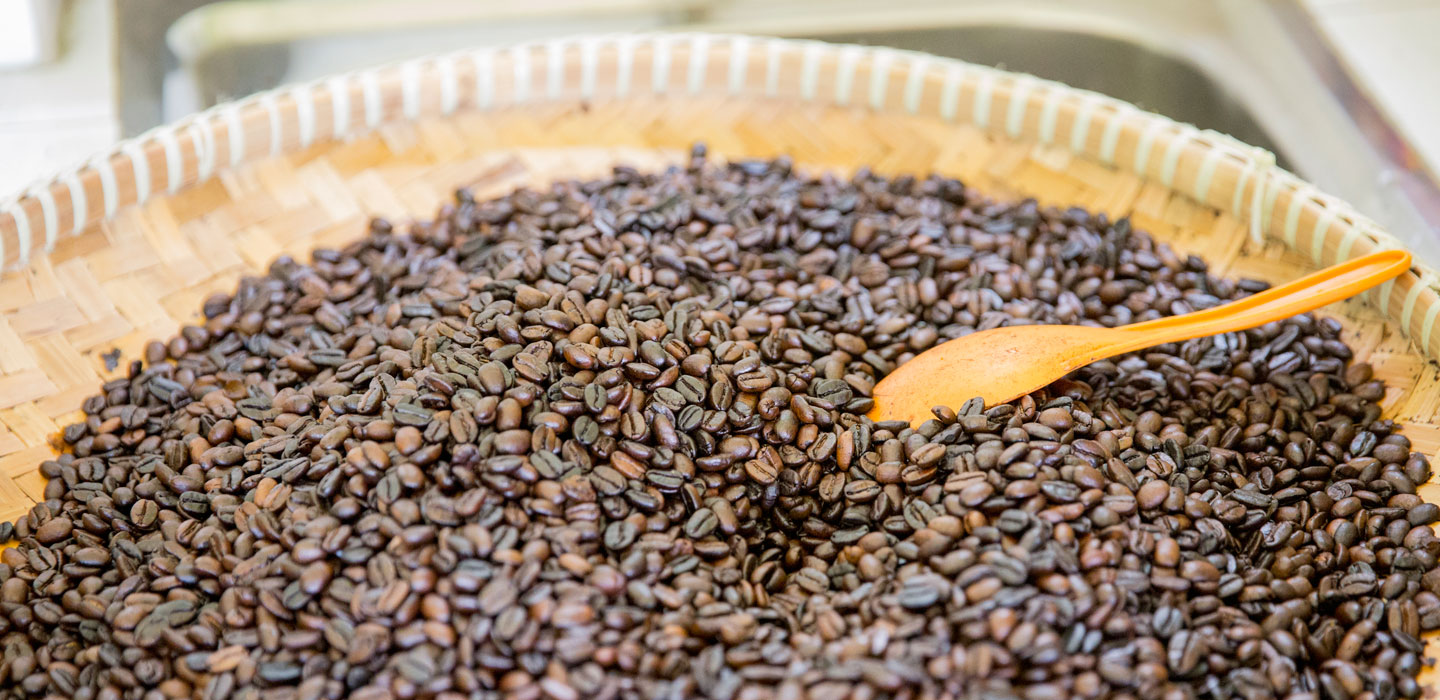Papers and briefs
ابحاث وملخصات

ابحاث وملخصات
عرض القائمة
SearchResultsFilters
نتائج البحث
Linking matching grants with loans: Experiences and lessons learned from Ghana
سبتمبر 2014
Matching grants (MGs) are used increasingly by multilateral and bilateral institutions, including the International Fund for Agricultural Development (IFAD) and the World Bank, to cofinance productive assets and investments. Although confined initially to investments with clear public good characteristics, their use has spread. They finance a broad array of assets and productivity-enhancing technologies for groups, companies and individuals, benefiting the private sector directly with clear private goods characteristics. MGs are used as a short-term financing instrument to promote diffusion of technologies and enable target groups to carry out productivity-enhancing investments, compensating for the limited availability and high costs of term finance. At times, MGs incorporate a “crowding in” mechanism to attract financiers by sharing the risks and increasing the effective collateral value of the asset being financed. They are also used to support innovations that, by their nature, are more risky and less likely to attract loan finance. Despite their appeal as a relatively simple instrument to address access to finance constraints in the short run, there are several risks, which can limit their effectiveness and impact. When poorly designed and poorly implemented, MGs can distort and crowd out private and public investments.
IFADs approach in Small Island Developing States: A global response to island voices for food security
أغسطس 2014
This paper outlines IFAD’s strategic approach to enhancing food security and promoting sustainable smallholder agriculture development in Small Island Developing States (SIDS) in the context of exacerbated impacts of climate change and persistent challenges to market access. A renewed approach will provide an opportunity for increasing results and impacts from agriculture and fisheries, reducing the high transaction costs of project delivery in SIDS, adjusting to an ever-changing development environment and – most of all – avoiding the overlooking of SIDS’ persistent fragility and the risk that they are cut off from development assistance.
FAO-IFAD Using livelihood to map best investments in water
أغسطس 2014
In 2005, IFAD and the Food and Agriculture Organization of the United Nations (FAO) formed a partnership to promote a better understanding of the links between rural poverty, livelihoods and water access.
Together they developed an approach to map information relating to poverty, livelihood activities and water availability across sub-Saharan Africa.
By correlating this information, they have been able to substantiate context-specific proposals for water investments.
Youth and agriculture: Key challenges and concrete solutions
يوليو 2014
This publication shows how tailor-made educational programmes (such as the Junior Farmer Field and Life Schools approach) can provide rural youth with the skills and insights needed to engage in farming and adopt environmentally friendly production methods.
Guidelines for Integrating Climate Change Adaptation into Fisheries and Aquaculture Projects
يونيو 2014
These Guidelines are the result of an extensive process of consultation and a concerted effort that brought together different fisheries and
climate change experts in different moments in time. Substantive inputs were provided by a range of stakeholders, including smallholder
farmers, aquaculturists, academics, personnel from ministries of agriculture and environment, and development cooperation partners.
climate change experts in different moments in time. Substantive inputs were provided by a range of stakeholders, including smallholder
farmers, aquaculturists, academics, personnel from ministries of agriculture and environment, and development cooperation partners.